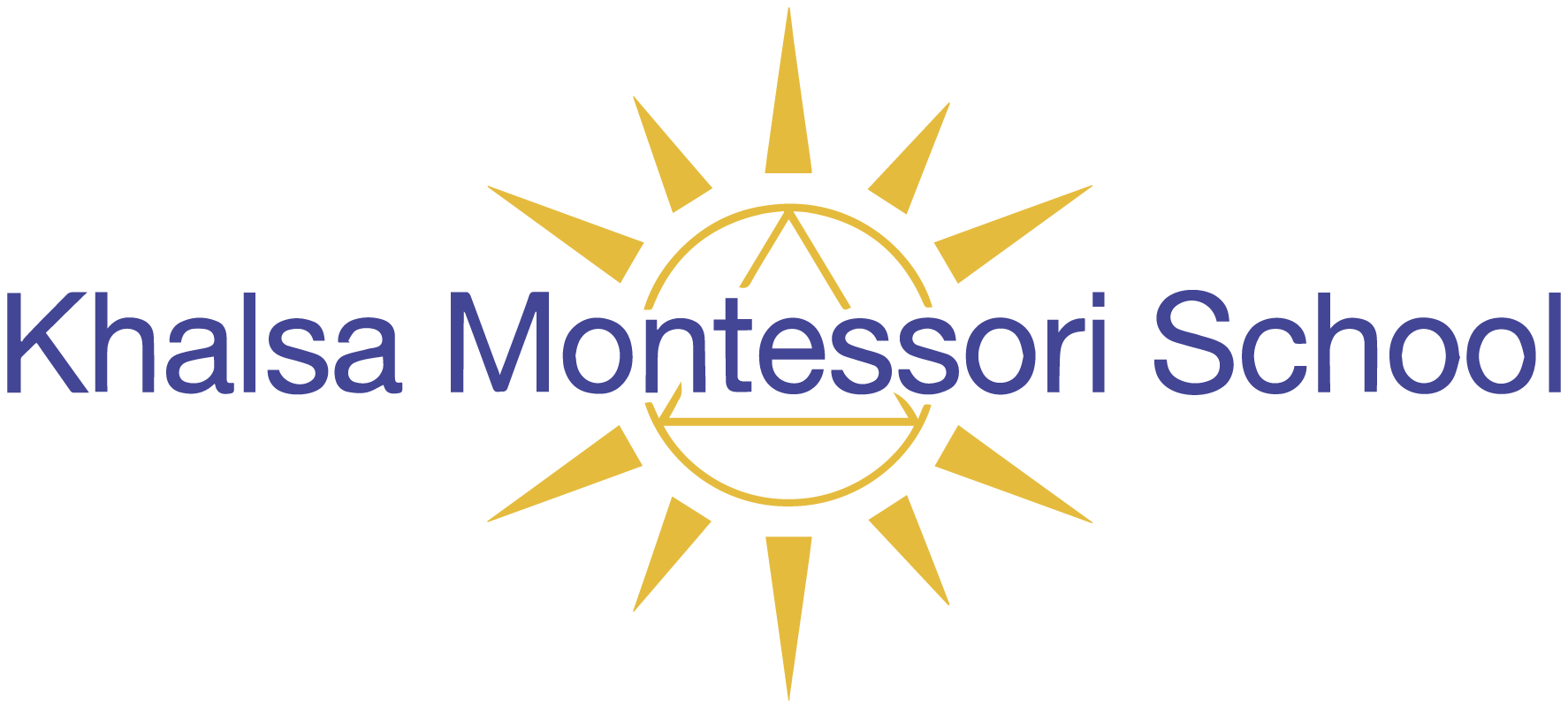The Prepared Environment
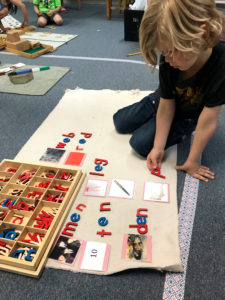
The Montessori Method is both a philosophy of child growth and rationale for guiding such growth. The children experience a prepared environment of hands-on learning materials and exercises, which develop their intellectual, physical and psychological abilities. This environment is designed to be responsive to the sensitive periods of the child, such as language, order, movement, and culture. Classrooms encourage the absorption of the rich environment by being peaceful and relaxed, being filled with attractive and activity-oriented materials, and by allowing children the freedom to choose from the varied and carefully presented Montessori materials. Cross-curricular activities and materials are developed in accordance with integrated thematic units.
A multi-sensory sequence of manipulative materials in all areas of the classroom give children concrete experiences that form a firm basis for their conceptual knowledge. Self-correcting materials provide the immediate feedback required for self-discovery, and teacher demonstrations allow for learning through observation. Montessori programs are individually paced. Material presentations are one-on-one or in small groups to ensure that the child is neither held back nor overwhelmed by the pace or level of other children. Using the Conscious Discipline Approach, the school facilitates the development of age-appropriate communication skills and creative conflict resolution, the building of empathy and respect for others, and the ability to balance individual needs with the needs of others.
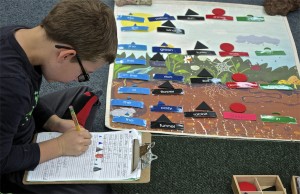
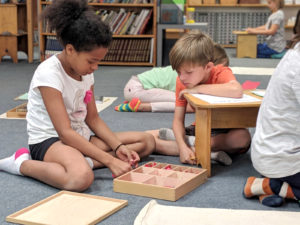
Multi-age classrooms allow for peer learning. Children learn especially well from the observation of slightly older children, while older children are able to demonstrate their mastery of materials by teaching younger students. Multi-age classes provide: the stability of three years in the same environment; a three year student/teacher relationship which provides a deep understanding of a child’s learning style; opportunities for chronologically older children to become leaders and examples for newer students; opportunities for children of similar skill levels, but different chronological age levels, to work together; and an environment conducive to the Montessori spiral curriculum, in which similar concepts and tasks are presented at varying levels of complexity at several times during the three-year curriculum cycles.
The Role of the Teacher and Emergent Curriculum
An individually paced curriculum is provided for each student as our teachers observe performance, record areas of progress and areas of difficulty. Teachers design presentations and assignments according to the needs and capacity of each child. The indirect method neither imposes upon the child, nor abandons the child to grapple alone. The teacher observes each child to determine specific needs and to gain the knowledge needed to prepare an environment conducive to the child’s growth.
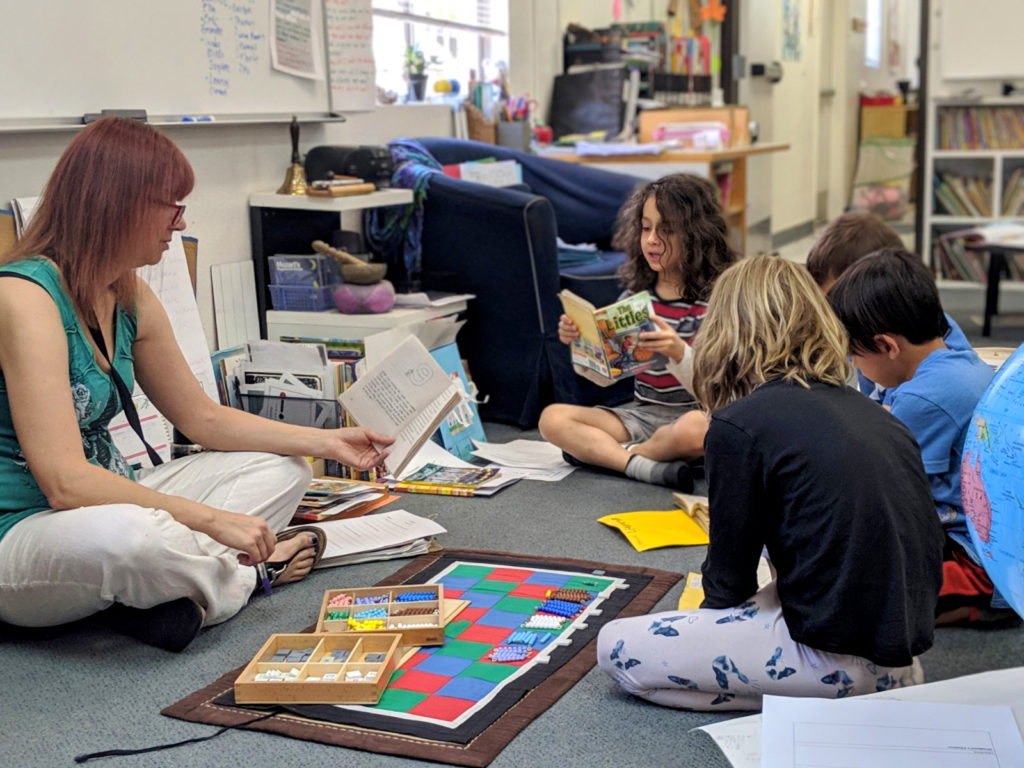
KMS teachers allow children to develop their own specific activities within the framework of general educational objectives. Teacher planning may include a variety of possible outcomes for a lesson, thereby allowing for students to suggest specific directions as the unit progresses. Lessons may also spontaneously develop through the interaction of the students, teachers, and outside events. When teachers are responsive to the needs and ideas of students in the learning process, the children become active agents in their own learning processes and experience knowledge as emerging from the self and through social interaction.
Arts and Physical Education
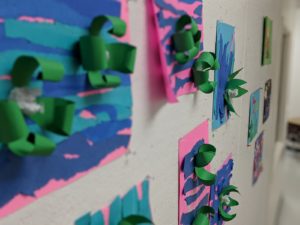
The KMS believes that both physical and arts education are critical to the healthy development of every child and are important ways in which a child develops new skills and patterns. Research in the area of neural pathway development has shown the importance of providing physical and creative experiences for optimum brain development.
The Montessori classroom and its materials are uniquely designed for the development of fine motor skills, creative expression, and eye-hand coordination. Our programs offer in-class visual art and creative writing as well as special opportunities for music, drama and dance. Outdoor activities and programs provide the children with safe, challenging and non-competitive opportunities to expand their large muscle development and explore their physical capabilities. Yoga teaches children strategies for coping with the stress of our times, physical strengthening and centering skills, and a variety of new combinations of movement, position, breathing and vocalization.
Community Integrated Learning
The KMS extends its classrooms to include the surrounding community. Community resources are regularly evaluated and used for unit development. Parents are encouraged to search for and present available resources to the children. Parents are encouraged to share their holidays and special traditions with our students to enable KMS children to experience the cultural diversity of our community. Field trips are a vital way in which the classroom is extended to allow the children to experience their connection to the world. This is one of many aspects of a cosmic education that places the child within the scope of the universe.
